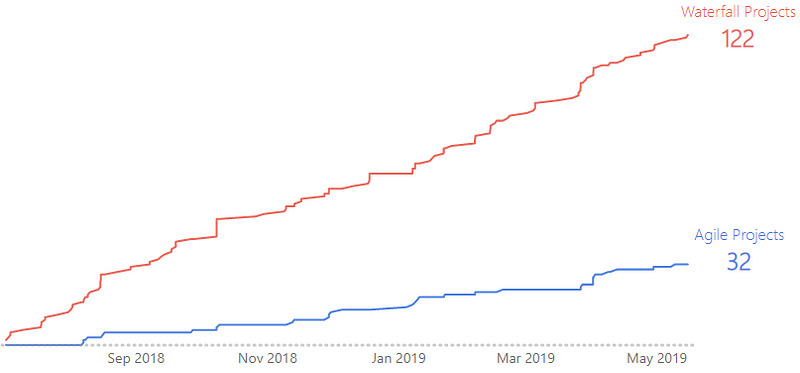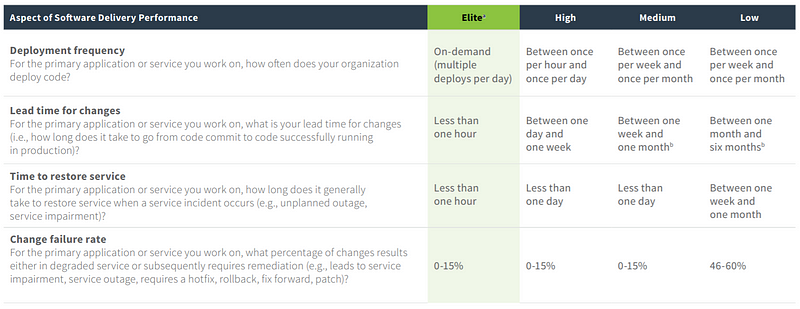Personal Development
Unfortunately I was unable to attend the Pluralsight event I mentioned last week, so I made use of the free slots in the calendar to take a couple other exams/certifications on my list — Scrum.org’s Professional Agile Leadership (PAL) and Professional Scrum Developer (PSD).
The PAL certification in particular was quite interesting. It’s relatively new and according to Scrum.org:

The Professional Agile Leadership (PAL I) assessment is available to anyone who wishes to validate that you are a leader who understands that being Agile adds value to your business, and why leadership understanding, sponsorship, and support of Agile practices are essential to an organization becoming more agile.
I’ve touched on certifications before in previous weeknotes, and how for myself I view them as a validation of knowledge as well as a chance to see how the reality we experience relates to the theory one is taught/reads about.
I was pleased to pass both however I would definitely say the PAL was at the harder end of the scale for exams I’ve taken, mainly as the ‘choose the best answer’ format makes it a bit tougher. There were some really challenging questions which even process of elimination didn’t immediately point to a single answer. For leaders I’d highly encourage this before you consider looking at something like a Leading SAFe certification (if you’re starting to adopt Agile ways of working), as this very much is focused on how you, as a leader, can really add value in an Agile organisation with application to real scenarios you are likely to face.
Agile by default
This week I did a bit of analysis of completed work this year in our IT portfolio and the split between traditional (waterfall) and agile methods:

With only 21% having been delivered using Agile methods it’s clear we have work to do. An experiment we want to try now is to have projects coming through as ‘agile by default’, whereby it should be delivered in an Agile way unless a good case can be made otherwise for it not to be. This could be for example if your requirements are known and will not change, COTS solutions where no changes/customisations are needed, or if there is no desire from the customer to get something of value early.
What defines if something is ‘Agile’?
For where we are currently (not the end state) we would look for daily standups, retrospectives with continuous improvement items, a backlog, a physical/digital kanban board, a definition of done (DoD) and to be working towards technical excellence (CI/CD, automated testing, etc.).
Agile ≠ Scrum so we want to be pragmatic with people on the journey, helping them apply as much of the above as they can where relevant.
Hopefully we can start to see those lines get closer together with this experiment…
Technical Excellence
As we know from Accelerate, technical practices directly predict or impact organizational performance and culture. This week Jon gave the rest of the team a demo on his deployment pipeline he’d built in Azure DevOps. There were a few issues he faced which weren’t ideal (all outside his own control), but this is the nature of a big organisation, sometimes changes are made at a group policy level that are going to impact the work we do.
We’re still a low performing organisation particularly for deployment frequency and lead time for change however we are getting there.

A team both Jon and James are working with are now doing daytime production deployments post sprint review, and with us hooking this in to ServiceNow, we’re gradually stripping away the reasons for not being able to be Agile. I am thankful to both of them for reimagining the possible.
As General Stan McChrystal says, take away the excuses:
[embed]https://vimeo.com/203601845[/embed]
Next week
Next week I’m hoping to finalise the first two or three of our core dedicated ‘product’ teams, as we start the shift towards product over project. It will need to be a blend of permanent and supplier individuals, so a good test for how we want our future model to work. I’ll also be starting some one-to-one sessions with someone who is working towards a Scrum Master certification. I haven’t worked with this person much in the past so looking forward to starting that journey, both helping her learn and developing more of my own coaching skills.
